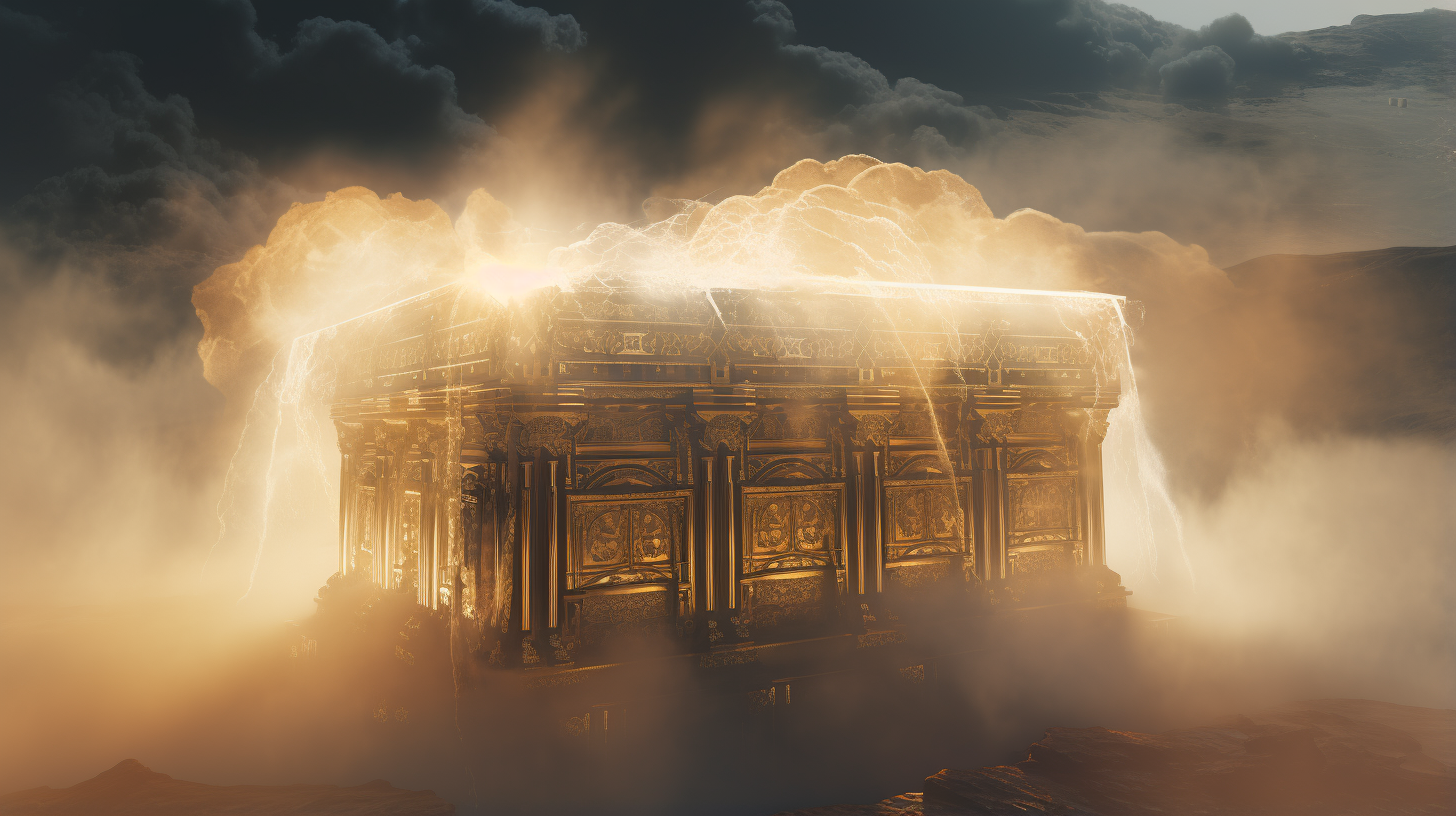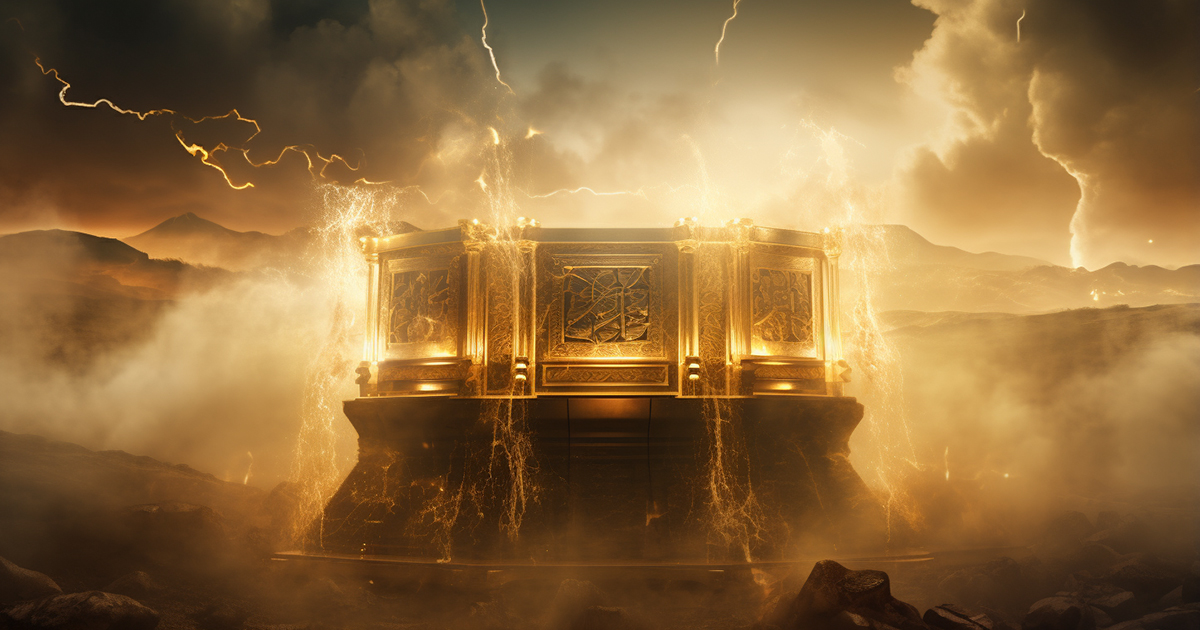Exploring the mystique that envelops the Ark of the Covenant, an object of great significance in Hebrew Scriptures, enchants both scholars and enthusiasts equally. Our attention is not on its depiction in a popular TV series but rather on deciphering the intriguing enigmas encircling this age-old artifact. From biblical tales to the baffling hypotheses of proponents of ancient astronauts, the history of the Ark tells a cryptic story that beckons exploration.
Entrusted to the Israelite priests, the Ark, a revered vessel safeguarding the Tablets of the Law, was under the careful watch of the designated high priest, Aaron, brother of Moses. The responsibility of safekeeping this revered relic fell upon his shoulders, and the attire mandated for these priests in the scriptures held more significance than mere aesthetics – it served as a form of protective gear.
The high priest had to be attired in a robe, breastplate, miter, and an unconventional addition – a rope tied around his leg. This seemingly peculiar addition served a practical purpose: in case of an accident leading to the priest’s demise during his interaction with the Ark, retrieving the body was forbidden due to the grave consequences perceived.

Resting atop the Ark were two angelic figures, symbolizing the sacred realm where it was believed that God’s presence dwelled – a heavenly intersection merging the divine and earthly realms.
This location, known as the mercy seat, was purportedly where God communicated with the Levite priests. But did this presence truly embody the divine, or did it cloak an entirely different essence?
Step into the domain of ancient astronaut theorists who propose a captivating theory about the potential power of the Ark. They speculate that it could have operated as an electrical capacitor, with the ability to store and transmit energy.
The historical narratives woven around the Ark have only fueled their theories. Tales of sparks and flames emanating from the Ark, causing instant death upon contact, or assertions of its capacity to obliterate cities, bolster the idea that the Ark could have functioned as a colossal energy storage mechanism.
To grasp this concept, understanding capacitors becomes paramount. They involve two conductors separated by an insulator. In the case of the Ark, the outer layer of gold acted as one conductor, while the gold-coated inner wall served as the second conductor.
The wood sandwiched in between acted as the insulator. Positive and negative charges were induced on these conductors through the cherubim. One cherub, affixed to the outer side, bore a positive charge, while the other, linked to the inner side via a rod, carried a negative charge.
When the Israelites claimed to witness God’s presence between the cherubim, it raises a fascinating query: Were they witnessing a divine manifestation, or was this “image of God” a byproduct of electrical activities within the Ark?
Portrayals of God in biblical accounts often involve smoke, fire, dazzling lights, and crackling sounds – reminiscent of electric discharges. Could it be that the visions of the Israelites were manifestations of this electric energy?
View the Featured Video:
The Ark of the Covenant persists in its intrigue, with its mysteries enduring throughout time. While the age-old debate between the sacred and the scientific may remain unsettled, the enigmatic powers ascribed to this ancient relic render it a captivating artifact that prompts us to question the boundaries between faith and reason, traditional beliefs and contemporary interpretations.
